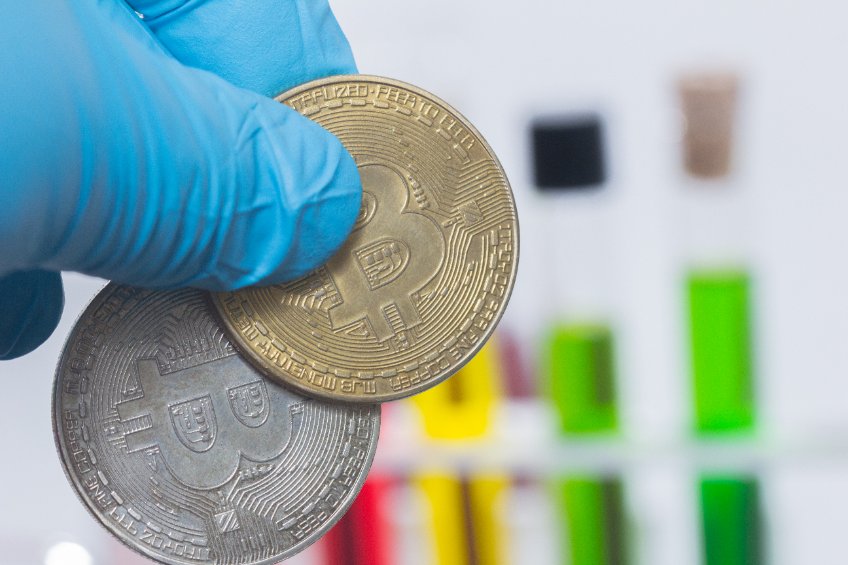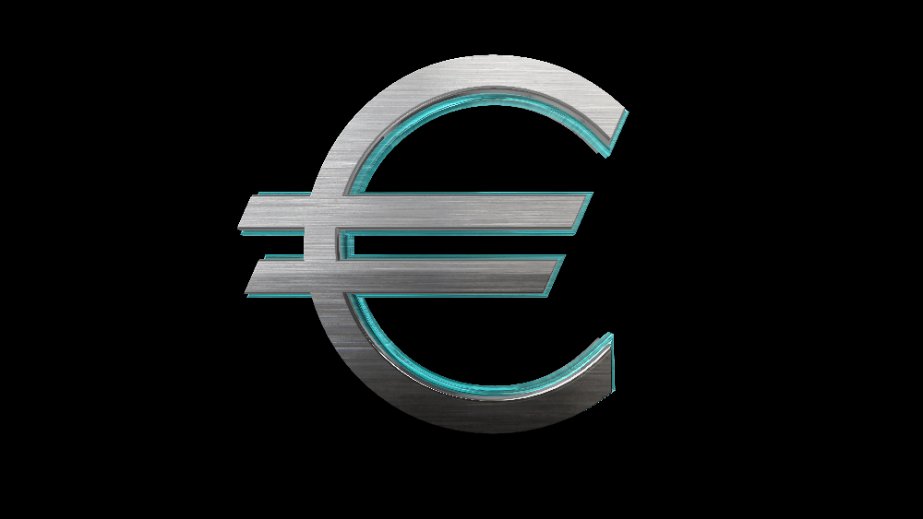
Pacific Medical Health Group led by Dr. Michael Omidi, a primary physician, has announced that it will start accepting Bitcoin payments.
Early in May, the Pacific Medical Health Group had stated that it will start accepting crypto payments for its products.
Pacific Medical’s move to accept Bitcoin and other cryptocurrency payment methods comes at a time when a majority of organizations are trying to introduce the same.
Actually, important to note that the original plan of developing these cryptos was to serve as payment tools, where they were created to push fiat currencies, credit cards, and checks to the other side. However, because of the volatility of crypto prices, it has been a challenging and relatively slow journey to achieve that.
Crypto volatility impact on payments
Since it’s hard to predict when Bitcoin and the entire crypto market will experience gains or losses, many companies and stores have been hesitant to accept the crypto payment methods.
For example, if a person buys a product worth $100 with Bitcoin and then the store or the company fails to trade the BTC into fiat immediately and in a few hours the price of BTC drops to $80, the store will incur a loss.
Cryptocurrencies are the next phase of technology
During an interview, Dr. Omidi said that the crypto markets are gaining traction daily and he is seeking to educate people on how they can utilize digital currencies as well as using them as a mode of payment.
He noted:
‘’We wish to accommodate patients that wish to use cryptocurrency on items besides investments or stocks, which is becoming standard to many businesses in the future… Cryptocurrency and blockchain backbone is the next phase of technology and will be a huge part of how businesses will be utilizing in the future.’’
However, their decision comes when companies like continental Diamond, a prominent American jewelry company, announced that will allow their customers to pay using Bitcoin and other related altcoins to pay for the jewelry.
The post Pacific Medical Health Group starts accepting Bitcoin payments appeared first on CoinJournal.




